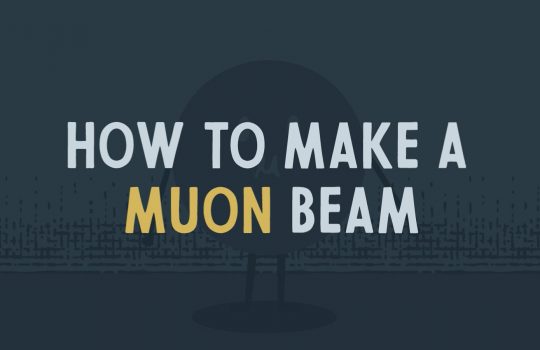Cosmic rays passing through Great Pyramid help reveal hidden corridor
From Big Think, March 4, 2023: Researchers in Japan have effectively used muon tomography to X-ray the Great Pyramid in Egypt finding an unknown tunnel in the structure. This new tool used in archeology is detailed in a new paper published in Nature Communications.


